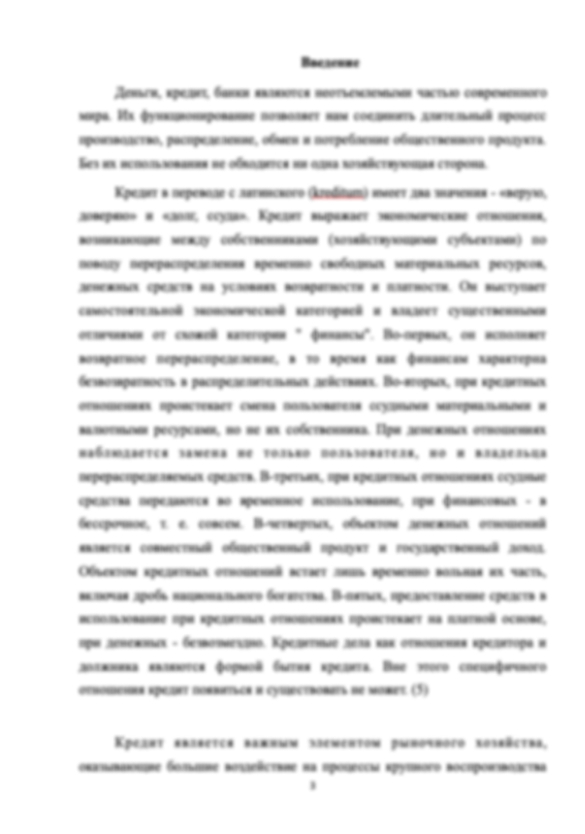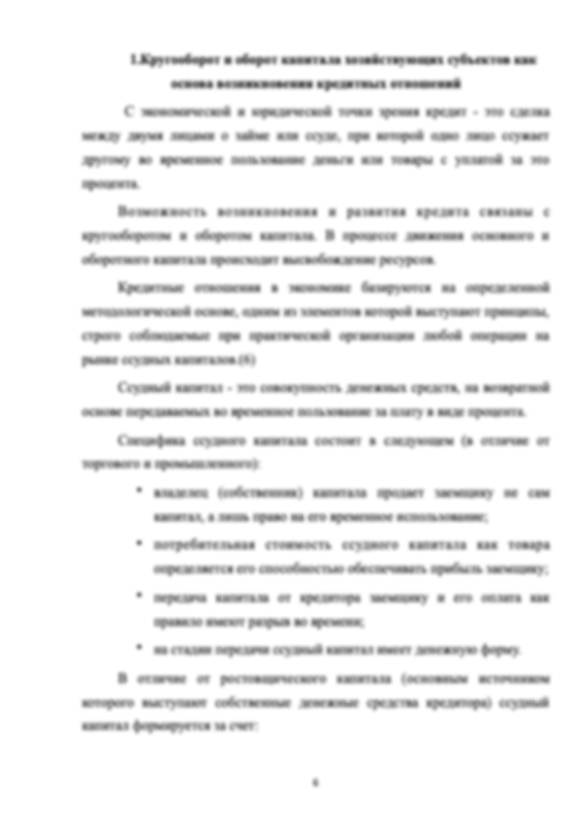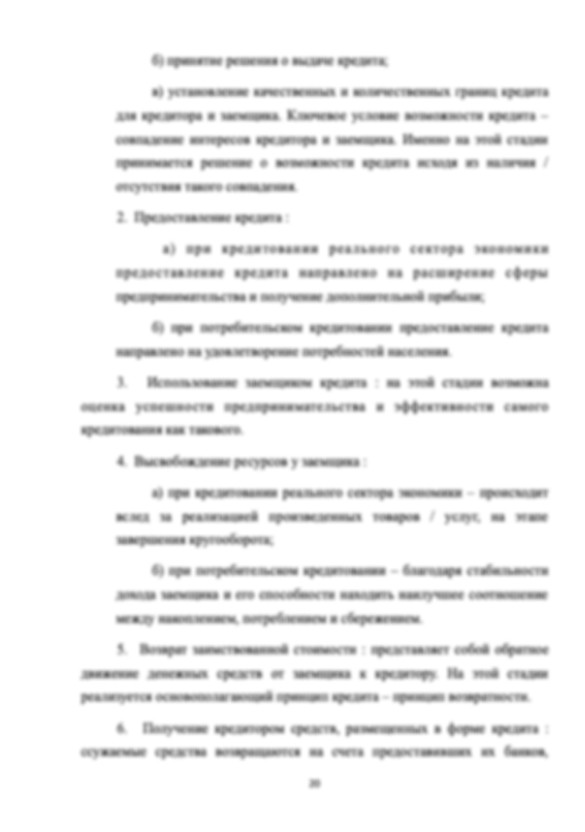Очень ответственный автор. Работы выполнена раньше срока, все пожелания и требования по работе учтены. Рекомендую
Информация о работе
Подробнее о работе

Modal predicate
- 34 страниц
- 2019 год
- 19 просмотров
- 0 покупок
Гарантия сервиса Автор24
Уникальность не ниже 50%
Фрагменты работ
Contents
Introduction…………………………………………………………………4-5
Chapter I. Theoretical aspects of modal predicate in English……………6
1.1. A semantics of modals based on modal objects………………………6-12
1.2 The Case of Nominalizations of Modal Predicates……….……...12-16
1.3 Nominalizations derived from modal predicates……………………16-20
Chapter II. Practical analyses of usage of modal predicate…………………21
2.1 English predication and semantic roles………………………………21-23
2.2 Modals as Predicates of Modal Objects……………………………..24
Conclusion………………………………………………………………25-26
Bibliography…………………………………………………………………27
Chapter II. Practical analyses of usage of modal predicate
2.1 English predication and semantic roles
As in any other language, the English predicate is considered to be the main part of that says something about the subject, showing what, who or how the subject is.
Birds fly./ John is a doctor. John is happy.
According to its abilities and characteristics the predicate may be: verbal or nominal. In its turn, verbal predicate is of two kinds:
1. simple verbal predicate, expressed by a verb or a phrasal verb in a personal mood:
The child eats an apple every day.
They were taken care of by John.
2. compound modal verbal predicate, made of: a semiauxiliary modal verb (to express a modal action feature: necessity, possibility, desire, etc.) and a basic verb, usually an infinitive: You must see a doctor.
They can give the answer.
We could have come if they had been invited.
The most common semiauxiliary modal verbs are: can, could, may, might, must, to have to etc.
...
2.2 Modals as Predicates of Modal Objects
Modals involve contextually given modal base (set of worlds) and contextually given ordering source (set of ideal worlds inducing ordering among worlds)
(1) a. John may leave. f(wo)w (w b. & [John leave] w = true)
(2) a. John must leave. [John leave] f(wo) w(w b. w = true)
Kinds of modal predicates
(3) a. might, may, must, should (modal auxiliaries)
b. ought to, need to, have to (modal verbs)
c. is possible that, is necessary that, is able to, is capable of (modal adjectives)
Two semantic issues regarding modal predicates:
[1] What do nominalizations of modal predicates describe?
[2] What if any is the Davidsonian (event) argument of modal predicates?
The present approach:
Answers to 1 and 2 shed light on the semantics of modal verbs and motivate the view that modals are predicates of ‘modal objects’, the Davidsonian arguments of modal predicates.
The semantic proposal:
(4) a. John needs to leave.
b.
...
Bibliography
1. Ackerman, F. and G. Webelhuth. 1998. A theory of predicates. Stanford, CA: CSLI Publications.
2. Cattell, R. 1984. Composite predicates in English. Syntax and Semantics 17. Sydney: Academic Press.
3. Downing, A. and P. Locke. 1992. English grammar: A university course, second edition. London: Routledge.
4. Givon, T. .1984. A functional-typological introduction, John Benjamins Publishing Company.
5. Huddleston, R. 1988. English grammar: An outline. Cambridge, UK: Cambridge University Press.
6. Kroeger, P. 2005. Analyzing Grammar: An Introduction. Cambridge: Cambridge University Press.
7. Larson, Mildred L. 1984.Meaning-based translation: A guide to cross-language equivalence. Lanham, MD: University Press of America.
8. Longacre, Robert E. 1983.The grammar of discourse. New York: Plenum.
9. Matthews, P. 1981. Syntax. Cambridge, UK: Cambridge University Press.
10. McCawley, T. 1988. The syntactic phenomena of English, Vol. 1.
...
1. Ackerman, F. and G. Webelhuth. 1998. A theory of predicates. Stanford, CA: CSLI Publications.
2. Cattell, R. 1984. Composite predicates in English. Syntax and Semantics 17. Sydney: Academic Press.
3. Downing, A. and P. Locke. 1992. English grammar: A university course, second edition. London: Routledge.
4. Givon, T. .1984. A functional-typological introduction, John Benjamins Publishing Company.
5. Huddleston, R. 1988. English grammar: An outline. Cambridge, UK: Cambridge University Press.
6. Kroeger, P. 2005. Analyzing Grammar: An Introduction. Cambridge: Cambridge University Press.
7. Larson, Mildred L. 1984.Meaning-based translation: A guide to cross-language equivalence. Lanham, MD: University Press of America.
8. Longacre, Robert E. 1983.The grammar of discourse. New York: Plenum.
9. Matthews, P. 1981. Syntax. Cambridge, UK: Cambridge University Press.
10. McCawley, T. 1988. The syntactic phenomena of English, Vol. 1. Chicago: The University of Chicago Press.
11. The Merriam Webster Dictionary. 2004. Springfield, Massachusetts: Merriam-
Webster.
12. Napoli, D. 1989. Predication theory: A case study for indexing theory. Cambridge, UK: Cambridge University Press.
13. Napoli, D. 1993. Syntax: Theory and problems. New York: Oxford University Press.
14. Payne, Thomas E. 1997a.Describing morphosyntax: A guide for field linguists. Cambridge; New York: Cambridge University Press
15. Parisi, D. and F. Antinucci. 1976. Essentials of grammar. Translated by E. Bates. New York: Academic Press.
16. Thomas, L. 1993. Beginning syntax. Oxford, UK: Blackwell.
Форма заказа новой работы
Не подошла эта работа?
Закажи новую работу, сделанную по твоим требованиям


